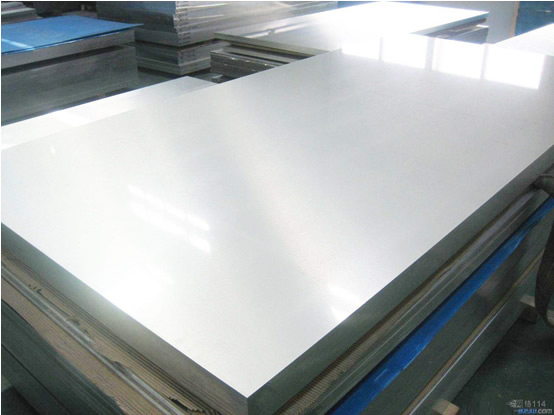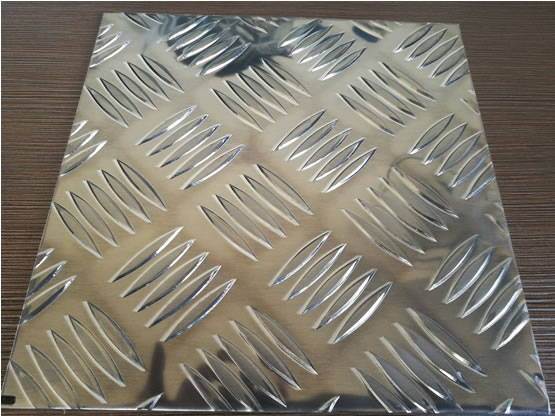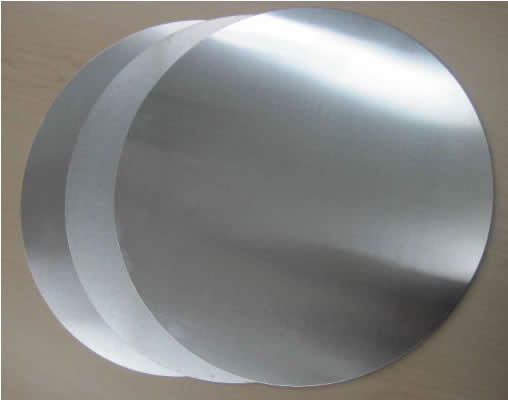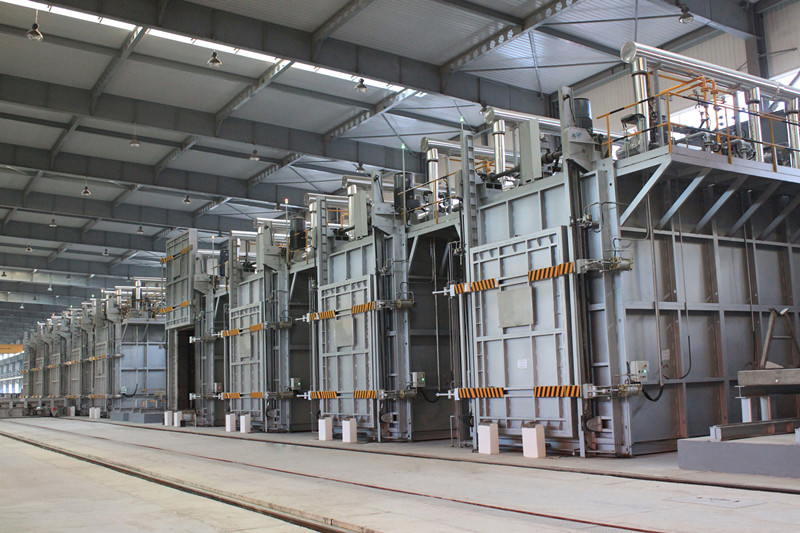ALUMINUM TEMPER DESIGNATION SYSTEMS
The numbers in an aluminum alloy contain definite information. The four digit number defines the alloy series and deontes the particular alloy. The letter and numbers in the suffix describe the temper, heat treatment and the method of manufacture. This is illustrated in the examples below.
Alloy Designation System
A system of four digit numbers identifies wrought aluminum and its alloys. As was noted previously, the first digit indicates the alloy group and the second digit indicates alloy modifications or impurity limits. The last two digits identify the alloy or indicate aluminum purity.
Temper Designation System
As previously noted, the temper designation follows the alloy designation, the two being separated by a dash. The temper designation describes how the particular alloy was treated and will establish the mechanical properties of the material.
Basic Temper Designations
F-as fabricated. Applies to the products of shaping processes in which no special control over thermal conditions or strain-hardening is employed. For wrought products, there are no mechanical property limits.
O-annealed (wrought products only). Applies to wrought products which are fully annealed to obtain the lowest strength conditions.
H-strain-hardened (wrought products only). Applies to products which have their strength increased by strain-hardening, with or without supplementary thermal treatments to produce some reduction in strength. The H is always followed by two or more digits.
T-applies to products which are thermally treated, with or without supplementary strain-hardening, to produce stable tempers. The T is always followed by one or more digits.
The H and T tempers are further subdivided:
Subdivision of H Temper: Strain-Hardened
The first digit following the H indicates the specific combination of basic operations, as follows:
H1-strain-hardened only. Applies to the products which are strain-hardened to obtain the desired strength without supplementary thermal treatment. The number following this designation indicates the degree of strain-hardening.
H2-strain-hardened and partially annealed. Applies to the products which are strain-hardened more than the desired final amount and then reduced in strength to the desired level by partial annealing. For alloys that age-soften at room temperature, the H2 tempers have the same minimum ultimate tensile strength as the corresponding H3 tempers. For other alloys, the H2 tempers have the same minimum ultimate tensile strength as the corresponding H1 tempers and slightly higher elongation. The number following this designation indicates the degree of strain-hardening remaining after the product has been partially annealed.
H3-strain-hardened and stabalized. Applies to products which are strain-hardened and whose mechanical properties are stabilized by a low temperature thermal treatment which results in slightly lowered tensile strength and improved ductility. This designation is applicable only to those alloys which, unless stabilized, gradually age-soften at room temperature. The number following this designation indicates the degree of strain-hardening before the stabilization treatment.
he third digit, when used, indicates a variation of a two digit temper. It is used when the degree of control of temper or the mechanical properties are different from but close to those for the two-digit H temper designation to which it is added, or when some other characteristic is significantly affected.
Subdivisions of T Temper: Thermally Treated
Numerals 1 through 10 following the T indicate specific sequences of basic treatments, as follows:
T1-Applies to products for which the rate of cooling from an elevated temperature shaping process, such as casting or extrusion, is such that their strength is increased by room temperature aging.
T2-Applies to cast products which are annealed to improve ductility and dimensional stability.
T3-Applies to products which are cold worked to improve strength, or in which the effect of cold work in flattening or straightening may not be recognized in mechanical property limits.
T4-Applies to products which are not cold worked after solution heat-treatment, or in which the effect of cold work in flattening or straightening may not be recognized in mechanical property limits.
T5-Applies to products which are cooled from an elevated temperature shaping process, such as casting o r extrusion, and then artificially aged to improve mechanical properties or dimensional stability or both.
T6-Applies to products which are not cold worked after solution heat-treatment, or in which the effect of cold work in flattening or strengthening may not be recognized in mechanical property limits.
Other Products
- Aluminum sheet
- Alloy: 1050, 1060, 1070, 1100. Features: very low strength, superior corrosion resistance, highly reflective a

- Aluminum plate
- Alloy: 1050, 1060, 1070,1100. Features: very low strength, superior corrosion resistance, highly reflective an

- Aluminum tread plate
- Alloy :1050,1060,1100, 1200 Including: 1050 aluminium tread plate, 1060 aluminium checker plate, 1100 aluminiu

- Aluminum circle
- Alloy: 1050, 1060, 1070, 1100, 1200 Including: 1050 aluminium circle sheet, 1060 aluminium disk, 1070 aluminiu




